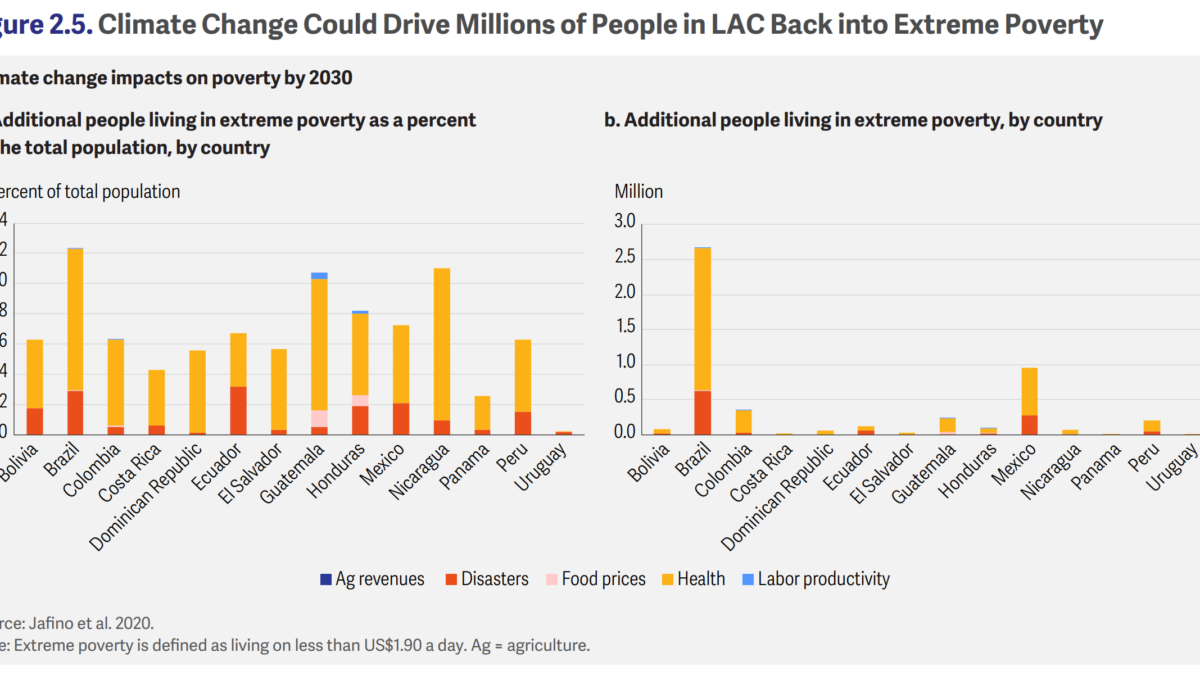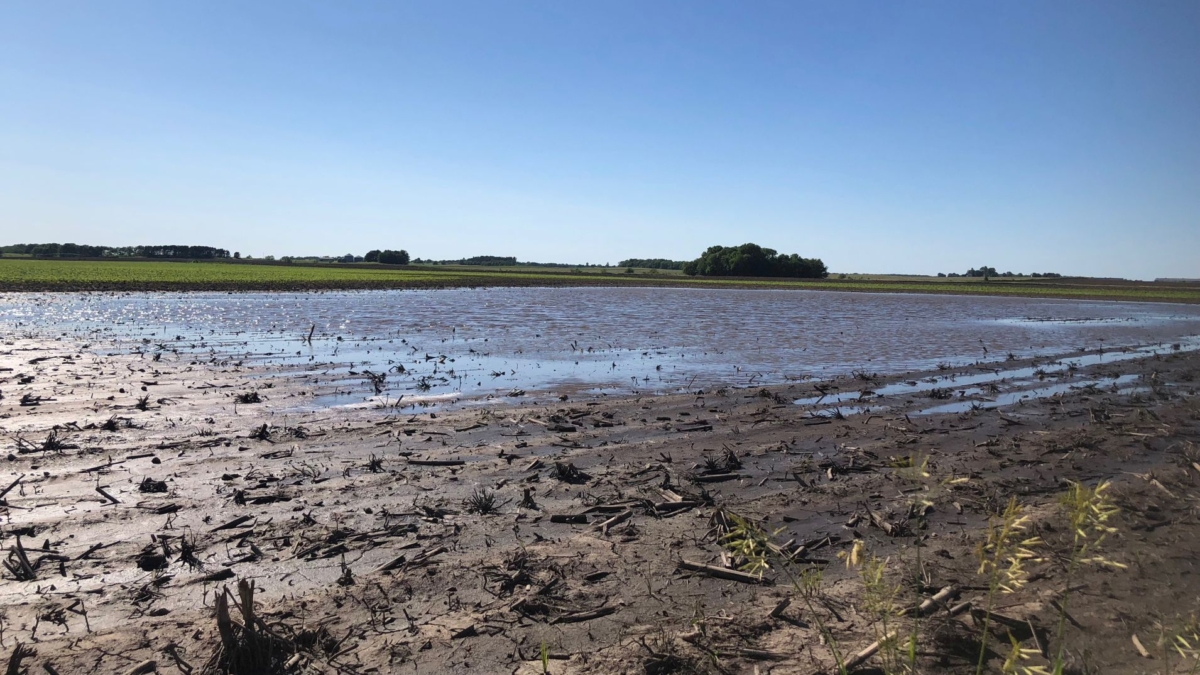Global warming has quadrupled ocean dead zones – “The decline in ocean oxygen ranks among the most serious effects of human activities on the Earth’s environment”
4 January 2018 (SERC) – In the past 50 years, the amount of water in the open ocean with zero oxygen has gone up more than fourfold. In coastal water bodies, including estuaries and seas, low-oxygen sites have increased more than 10-fold since 1950. Scientists expect oxygen to continue dropping even outside these zones as Earth warms. To halt the decline, the world needs to rein in both climate change and nutrient pollution, an international team of scientists asserted in a new paper published 4 January 2018 in Science.
“Oxygen is fundamental to life in the oceans,” said Denise Breitburg, lead author and marine ecologist with the Smithsonian Environmental Research Center. “The decline in ocean oxygen ranks among the most serious effects of human activities on the Earth’s environment.”
The study came from a team of scientists from GO2NE (Global Ocean Oxygen Network), a new working group created in 2016 by the United Nation’s Intergovernmental Oceanographic Commission. The review paper is the first to take such a sweeping look at the causes, consequences and solutions to low oxygen worldwide, in both the open ocean and coastal waters. The article highlights the biggest dangers to the ocean and society, and what it will take to keep Earth’s waters healthy and productive.
The stakes
“Approximately half of the oxygen on Earth comes from the ocean,” said Vladimir Ryabinin, executive secretary of the Intergovernmental Oceanographic Commission that formed the GO2NE group. “However, combined effects of nutrient loading and climate change are greatly increasing the number and size of ‘dead zones’ in the open ocean and coastal waters, where oxygen is too low to support most marine life.”
In areas traditionally called “dead zones,” like those in Chesapeake Bay and the Gulf of Mexico, oxygen plummets to levels so low many animals suffocate and die. As fish avoid these zones, their habitats shrink and they become more vulnerable to predators or fishing. But the problem goes far beyond “dead zones,” the authors point out. Even smaller oxygen declines can stunt growth in animals, hinder reproduction and lead to disease or even death. Low oxygen also can trigger the release of dangerous chemicals such as nitrous oxide, a greenhouse gas up to 300 times more powerful than carbon dioxide, and toxic hydrogen sulfide. While some animals can thrive in dead zones, overall biodiversity falls.
Climate change is the key culprit in the open ocean. Warming surface waters make it harder for oxygen to reach the ocean interior. Furthermore, as the ocean as a whole gets warmer, it holds less oxygen. In coastal waters, excess nutrient pollution from land creates algal blooms, which drain oxygen as they die and decompose. In an unfortunate twist, animals also need more oxygen in warmer waters, even as it is disappearing.
People’s livelihoods are also on the line, the scientists reported, especially in developing nations. Smaller, artisanal fisheries may be unable to relocate when low oxygen destroys their harvests or forces fish to move elsewhere. In the Philippines, fish kills in a single town’s aquaculture pens cost more than $10 million. Coral reefs, a key tourism attraction in many countries, also can waste away without enough oxygen.
“It’s a tremendous loss to all the support services that rely on recreation and tourism, hotels and restaurants and taxi drivers and everything else,” said Lisa Levin, a co-author and marine biologist with the University of California, San Diego. “The reverberations of unhealthy ecosystems in the ocean can be extensive.”
Some popular fisheries could benefit, at least in the short term. Nutrient pollution can stimulate production of food for fish. In addition, when fish are forced to crowd to escape low oxygen, they can become easier to catch. But in the long run, this could result in overfishing and damage to the economy.
Winning the war: A three-pronged approach
To keep low oxygen in check, the scientists said the world needs to take on the issue from three angles:
- Address the causes: nutrient pollution and climate change. While neither issue is simple or easy, the steps needed to win can benefit people as well as the environment. Better septic systems and sanitation can protect human health and keep pollution out of the water. Cutting fossil fuel emissions not only cuts greenhouse gases and fights climate change, but also slashes dangerous air pollutants like mercury.
- Protect vulnerable marine life. With some low oxygen unavoidable, it is crucial to protect at-risk fisheries from further stress. According to the GO2NE team, this could mean creating marine protected areas or no-catch zones in areas animals use to escape low oxygen, or switching to fish that are not as threatened by falling oxygen levels.
- Improve low-oxygen tracking worldwide. Scientists have a decent grasp of how much oxygen the ocean could lose in the future, but they do not know exactly where those low-oxygen zones will be. Enhanced monitoring, especially in developing countries, and numerical models will help pinpoint which places are most at risk and determine the most effective solutions.
“This is a problem we can solve,” Breitburg said. “Halting climate change requires a global effort, but even local actions can help with nutrient-driven oxygen decline.” As proof Breitburg points to the ongoing recovery of Chesapeake Bay, where nitrogen pollution has dropped 24 percent since its peak thanks to better sewage treatment, better farming practices and successful laws like the Clean Air Act. While some low-oxygen zones persist, the area of the Chesapeake with zero oxygen has almost disappeared. “Tackling climate change may seem more daunting,” she added, “but doing it is critical for stemming the decline of oxygen in our oceans, and for nearly every aspect of life on our planet.”
Images are available after publication at the Smithsonian Newsdesk (http://newdesk.si.edu), and the abstract is available at http://science.sciencemag.org/content/359/6371/eaam7240. For a copy of the full paper, images or to speak with the authors, contact Kristen Minogue at (314) 605-4315 or minoguek@si.edu, or John Gibbons at (202) 633-5187 or gibbonsjp@si.edu.
Contact
- Kristen Minogue, (443) 482-2325, minoguek@si.edu
The Ocean Is Losing Its Breath. Here’s the Global Scope.
Declining oxygen in the global ocean and coastal waters
BACKGROUND
Oxygen concentrations in both the open ocean and coastal waters have been declining since at least the middle of the 20th century. This oxygen loss, or deoxygenation, is one of the most important changes occurring in an ocean increasingly modified by human activities that have raised temperatures, CO2 levels, and nutrient inputs and have altered the abundances and distributions of marine species. Oxygen is fundamental to biological and biogeochemical processes in the ocean. Its decline can cause major changes in ocean productivity, biodiversity, and biogeochemical cycles. Analyses of direct measurements at sites around the world indicate that oxygen-minimum zones in the open ocean have expanded by several million square kilometers and that hundreds of coastal sites now have oxygen concentrations low enough to limit the distribution and abundance of animal populations and alter the cycling of important nutrients.
ADVANCES
In the open ocean, global warming, which is primarily caused by increased greenhouse gas emissions, is considered the primary cause of ongoing deoxygenation. Numerical models project further oxygen declines during the 21st century, even with ambitious emission reductions. Rising global temperatures decrease oxygen solubility in water, increase the rate of oxygen consumption via respiration, and are predicted to reduce the introduction of oxygen from the atmosphere and surface waters into the ocean interior by increasing stratification and weakening ocean overturning circulation.
In estuaries and other coastal systems strongly influenced by their watershed, oxygen declines have been caused by increased loadings of nutrients (nitrogen and phosphorus) and organic matter, primarily from agriculture; sewage; and the combustion of fossil fuels. In many regions, further increases in nitrogen discharges to coastal waters are projected as human populations and agricultural production rise. Climate change exacerbates oxygen decline in coastal systems through similar mechanisms as those in the open ocean, as well as by increasing nutrient delivery from watersheds that will experience increased precipitation.
Expansion of low-oxygen zones can increase production of N2O, a potent greenhouse gas; reduce eukaryote biodiversity; alter the structure of food webs; and negatively affect food security and livelihoods. Both acidification and increasing temperature are mechanistically linked with the process of deoxygenation and combine with low-oxygen conditions to affect biogeochemical, physiological, and ecological processes. However, an important paradox to consider in predicting large-scale effects of future deoxygenation is that high levels of productivity in nutrient-enriched coastal systems and upwelling areas associated with oxygen-minimum zones also support some of the world’s most prolific fisheries.
OUTLOOK
Major advances have been made toward understanding patterns, drivers, and consequences of ocean deoxygenation, but there is a need to improve predictions at large spatial and temporal scales important to ecosystem services provided by the ocean. Improved numerical models of oceanographic processes that control oxygen depletion and the large-scale influence of altered biogeochemical cycles are needed to better predict the magnitude and spatial patterns of deoxygenation in the open ocean, as well as feedbacks to climate. Developing and verifying the next generation of these models will require increased in situ observations and improved mechanistic understanding on a variety of scales. Models useful for managing nutrient loads can simulate oxygen loss in coastal waters with some skill, but their ability to project future oxygen loss is often hampered by insufficient data and climate model projections on drivers at appropriate temporal and spatial scales. Predicting deoxygenation-induced changes in ecosystem services and human welfare requires scaling effects that are measured on individual organisms to populations, food webs, and fisheries stocks; considering combined effects of deoxygenation and other ocean stressors; and placing an increased research emphasis on developing nations. Reducing the impacts of other stressors may provide some protection to species negatively affected by low-oxygen conditions. Ultimately, though, limiting deoxygenation and its negative effects will necessitate a substantial global decrease in greenhouse gas emissions, as well as reductions in nutrient discharges to coastal waters.


